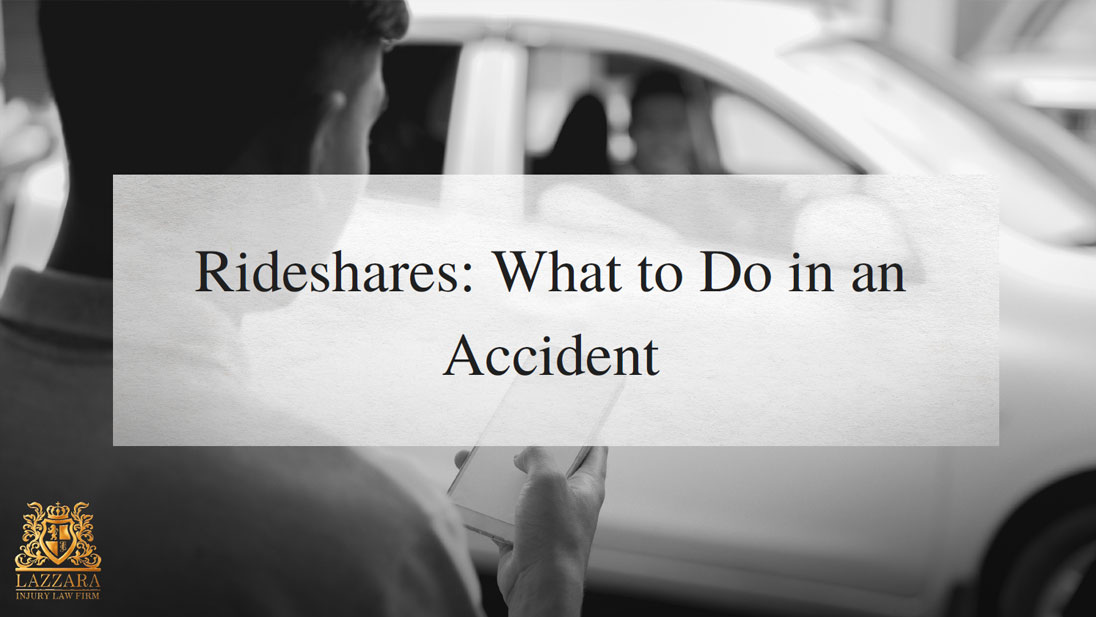Rideshare services like Uber and Lyft have revolutionized how we get around, offering a convenient and affordable travel option. But with more rideshare drivers on the road, the chances of being involved in an accident as a passenger have increased too. If you’re ever in a crash while using a rideshare, here’s what you need to know.
First Things First: Safety
Just like any car accident, your health and safety come first after a rideshare crash. Begin by checking yourself and others for injuries, and call 911 immediately if anyone is hurt or if there’s significant damage. If the vehicle is in a dangerous location, move to a safer area if you can do so safely. Even if the accident appears minor, it’s important to take it seriously. Adrenaline can mask symptoms, and some injuries may not surface until hours or even days later.
Document the Scene
Even though you’re a passenger, that doesn’t mean you should sit back and do nothing after a rideshare accident. It’s important to take an active role in documenting the incident. Start by taking photos of the vehicles, license plates, any visible damage, and the surrounding area. Collect names and contact information from the driver, other passengers, and any witnesses. Be sure to screenshot your ride details from the Uber or Lyft app, including the driver’s name, time of ride, and the route taken. This documentation could be crucial later if you need to file an insurance claim or seek legal assistance.
Who’s Liable in a Rideshare Accident?
Liability in rideshare crashes can be complex, as responsibility may fall on different parties. The rideshare driver may be at fault if they caused the crash, or another driver could be liable if a third-party vehicle was involved. In some cases, both drivers might share responsibility. Both Uber and Lyft provide up to $1 million in liability insurance for passengers, but when and how that coverage applies depends on the driver’s status at the time of the accident. If the driver was actively transporting a passenger, the full coverage typically applies. If they were waiting for a ride request or had just accepted one, limited coverage may be in effect. However, if the driver wasn’t logged into the app, their personal insurance may be the only available coverage.
When to Contact a Lawyer
It’s a wise idea to speak with a personal injury lawyer if you were injured in the crash, if there’s uncertainty about who is at fault, or if the insurance companies offer a low settlement or deny your claim altogether. Many personal injury attorneys provide free consultations and work on a contingency basis, which means you won’t pay any legal fees unless they successfully recover compensation on your behalf.
Filing a Claim or Report
If you’re involved in an accident during an Uber or Lyft ride, both platforms offer in-app options to report it—simply go to your trip history, select the ride in question, and choose “Report Safety Issue.” If you’ve been injured, you may also be able to file a claim with the rideshare company’s insurance provider or through your own insurance, depending on the circumstances.
Final Thoughts
While rideshares offer a convenient way to travel, accidents do happen. Knowing what to do in the moment—and afterward—can protect your health, your rights, and your finances.
If you’ve been involved in a rideshare accident recently and need guidance, speaking to a legal professional can help clarify your next steps.

